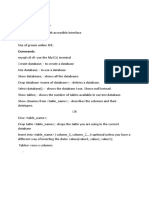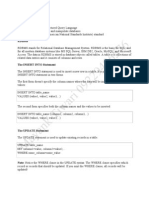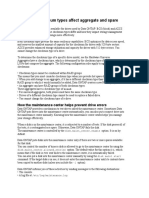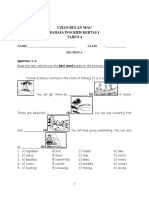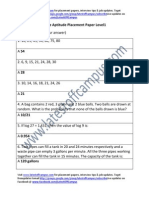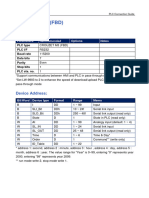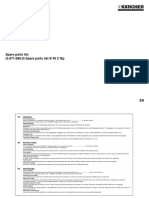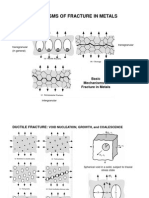0% found this document useful (0 votes)
30 views8 pagesList SQL
This document provides a glossary of key terms related to SQL and database management, including definitions for concepts such as aggregate functions, joins, subqueries, and data types. Each term is succinctly defined to aid understanding of SQL functionalities and operations. The glossary serves as a reference for learners to familiarize themselves with essential SQL terminology.
Uploaded by
myphuongmaluCopyright
© © All Rights Reserved
We take content rights seriously. If you suspect this is your content, claim it here.
Available Formats
Download as XLSX, PDF, TXT or read online on Scribd
0% found this document useful (0 votes)
30 views8 pagesList SQL
This document provides a glossary of key terms related to SQL and database management, including definitions for concepts such as aggregate functions, joins, subqueries, and data types. Each term is succinctly defined to aid understanding of SQL functionalities and operations. The glossary serves as a reference for learners to familiarize themselves with essential SQL terminology.
Uploaded by
myphuongmaluCopyright
© © All Rights Reserved
We take content rights seriously. If you suspect this is your content, claim it here.
Available Formats
Download as XLSX, PDF, TXT or read online on Scribd
/ 8





































